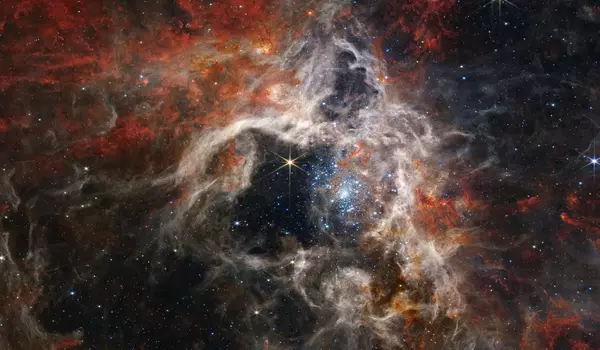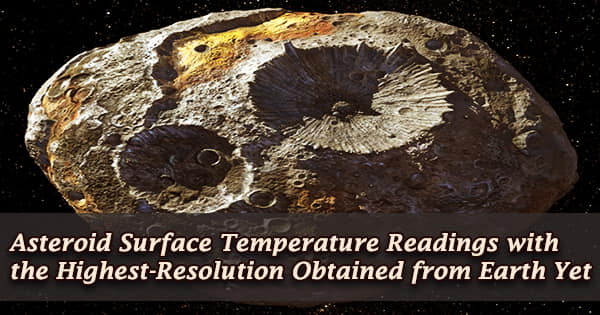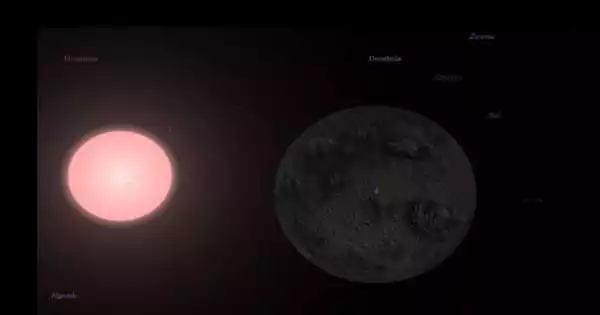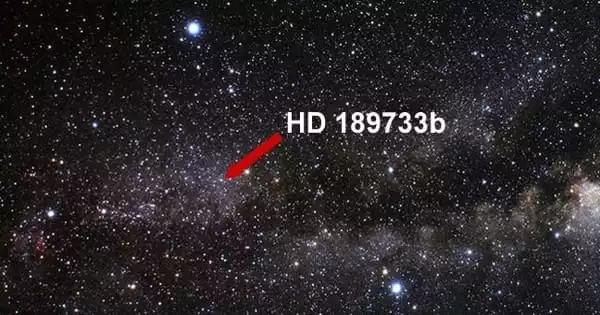The spectacular close-up of dozens of stars at the moment of birth marks the one-year anniversary of the Webb Space Telescope’s cosmic images.
NASA released the most recent image on Wednesday, depicting 50 newborn stars in a cloud complex 390 light-years away. A light-year is approximately 6 trillion miles (9.7 trillion kilometers) in length.
The region is modest and quiet, yet it is full of lit gases, hydrogen jets, and even dense cocoons of dust with the delicate beginnings of many more stars.
All of the young stars appear to be the same size as our sun. The magnificent image, according to scientists, shows the highest clarity yet of this brief time of a star’s life.

“It’s like a glimpse of what our own system would have looked like billions of years ago when it was forming,” NASA program scientist Eric Smith told The Associated Press.
Smith pointed out that the starlight shown in the photograph was actually left there 390 years ago. On Earth, in 1633, Italian astronomer Galileo Galilei was tried in Rome for claiming that the Earth circled around the sun. In 1992, the Vatican admitted that Galileo had been harmed.
This cloud complex, known as Rho Ophiuchi, is the closest star-forming zone to Earth and may be located in the sky near the border of the serpent-bearer and scorpion constellations, Ophiuchus and Scorpius. NASA stated that because there are no stars in the foreground of the photo, the features stand out even more. According to NASA, several of the stars have shadows that indicate the formation of probable planets.
It “presents star birth as an impressionistic masterpiece,” according to NASA Administrator Bill Nelson in a tweet.
For the past year, Webb, the largest and most powerful astronomical observatory ever launched into orbit, has been cranking out cosmic beauty photos. The first images from the $10 billion infrared telescope were released in July of last year, six months after its launch from French Guiana.
It is regarded as the Hubble Space Telescope’s successor, having orbited the Earth for 33 years. Webb is a NASA-European Space Agency collaboration that examines the universe at a greater distance, 1 million miles (1.6 million kilometers).
Still ahead for Webb: Astronomers hope to see the universe’s first stars and galaxies while searching for signs of life on planets outside our solar system. “We haven’t found one of them yet,” Smith admitted. “But we’re still only one year into the mission.”
















